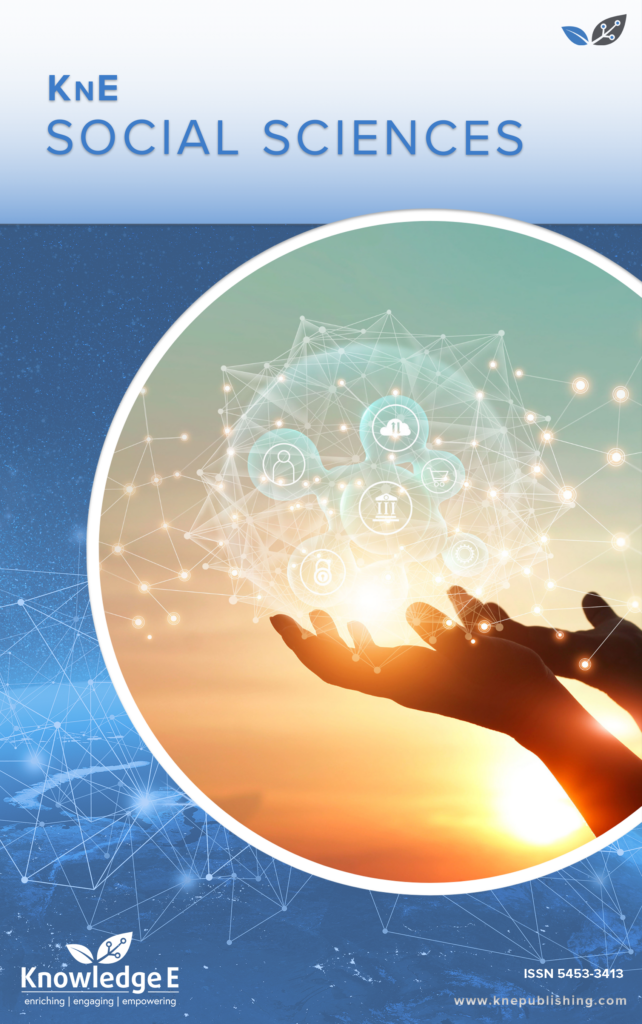
KnE Social Sciences
ISSN: 2518-668X
The latest conference proceedings on humanities, arts and social sciences.
Tools Used in Modeling of the Economic Processes
Published date:Jan 12 2020
Journal Title: KnE Social Sciences
Issue title: Economies of the Balkan and Eastern European Countries
Pages:141–152
Authors:
Abstract:
The paper aims at identifying the economic process modeling languages, starting from the premise that the main beneficiaries of the resulting models are economists or decision-makers, respectively economic researchers. There are a large number of languages that have been developed with different objectives, but they have all been used to describe business processes. Languages have studied different aspects of business processes (dynamic, functional, organizational, informational) and may be more or less formal, depending on the intended use and audience. There is no easy way to classify these languages along a single dimension. However, the languages fall into four groups, clearly defined scientifically or professionally: traditional process modeling languages, object-oriented languages, dynamic process modeling languages, and the integration of languages. Economic processes are generally very complex and, therefore, different points can be formulated about their modeling.
Keywords: Formal language, model, simulation, algorithm, business processes.
References:
[1] BPMI 2003, Business Process Modeling Language, Business Process Management Institute.
[2] Coad P., Yourdon E., 1989, Object-Oriented Analysis, Prentice-Hall, First edition.
[3] Curtis B., Kellner, M.I. and Over, J. 1992, Process modeling, Communications ACM, 35, (9), pp. 75- 90.
[4] Hafedh M., Tremblay G., Guitta B.J., Lefebvre E., Elabed L., El Boussaidi G., 2010, Business Process Modeling Languages: Sorting Through the Alphabet Soup, Journal ACM Computing Surveys, Volume 43 Issue 1„ Article No. 4, New York, NY, USA.
[5] Harrison-Broninski K., 2005, Human Interactions: The Heart and Soul of Business Process Management. Meghan-Kiffer Press.
[6] IDEF 2018, ICAM Definition, available at www.idef.com, last accessed 2019/01/15.
[7] Isoda S., 2001, Object-Oriented real-world modeling revisited, Journal of Systems and Software, vol. 59, pp. 153-162.
[8] Keller, G; Nüttgens, M, Scheer, A.-W., 1992, Semantische Prozebmodellierung auf der Grundlage, publication of the Institut für Wirtschaftsinformatik, paper 89, Saarbrucken.
[9] McCarthy, W.E., 1982, The REA Accounting Model: A Generalized Framework for Accounting Systems in a Shared Data Environment, The Accounting Review, July. pp 554-578.
[10] OuldM.1995,Business Processes: Modeling and Analysis for Re-engineering and Improvement.John Wiley & Sons.
[11] Phalp K. and Shepperd M., 2000, Quantitative analysis of static models of processes, The Journal of Systems and Software, vol. 52, pp. 105-112.
[12] Rumbaugh J., Jacobson I., Booch G., 1991, Object-Oriented Modeling and Design, Prentice Hall.